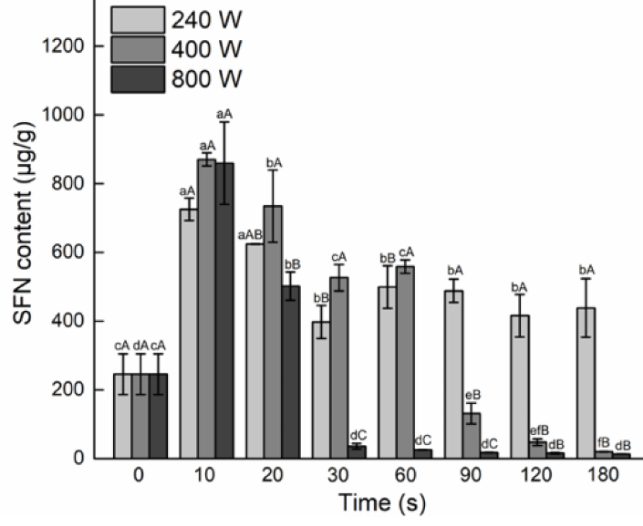This 2023 human study investigated associations among sex hormones and epigenetic clocks:
“We studied associations between sex steroid hormones and DNA methylation-based (DNAm) biomarkers of age and mortality risk including Pheno Age Acceleration (AA), Grim AA, and DNAm-based estimators of Plasminogen Activator Inhibitor 1 (PAI1), and leptin concentrations.
Leptin is a peptide hormone and is associated with regulation of food intake and energy balance. Leptin also influences inflammatory processes, angiogenesis, lipolysis, and neuroplasticity.
PAI1 is a protein that is involved in tissue hemostasis. Previous studies that assessed associations between sex hormones and PAI1 protein concentrations in blood reported conflicting results.
DNAm PAI-1 was shown to be a better surrogate for lifespan than the actual plasma measure, and performs better than Grim AA regarding associations with the comorbidity-index. Another potential benefit of using DNAm-based biomarkers instead of plasma biomarkers is that the DNAm-based biomarkers represent a longer average estimate of biomarker concentration, and are not as affected by day-to-day variations that could bias results.

Associations are represented by colored arrows with the lines’ thickness representing association strength. As the association was measured mainly cross-sectional, association directionality cannot be established.
- Hormone levels were inversely associated with epigenetic estimators of mortality risk.
- Sex Hormone Binding Globulin (SHBG) was associated with a decrease in DNAm PAI1 among men and women.
- Higher testosterone and testosterone/estradiol ratio (TE) were associated with lower DNAm PAI and a younger epigenetic age in men.
- A decrease in DNAm PAI1 is associated with lower mortality and morbidity risk indicating a potential protective effect of testosterone on lifespan and conceivably cardiovascular health via DNAm PAI1.“
https://www.medrxiv.org/content/10.1101/2023.02.16.23285997v1.full “Higher testosterone and testosterone/estradiol ratio in men are associated with better epigenetic estimators of mortality risk”
Similar to a coauthor’s outstanding A rejuvenation therapy and sulforaphane where he was the lead author, this study may stay in preprint a while because it challenges current paradigms.
Remember that every truth passes through three stages before it’s recognized:
- It’s ridiculed; then
- It’s opposed; then
- It’s regarded as self-evident.
There may be a long lag between Stages 2 and 3 to memory-hole a fading paradigm’s damage. Don’t expect apologies, remediation, or restitution.














